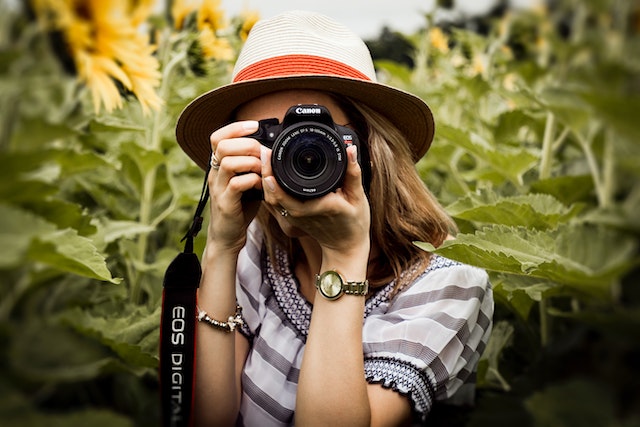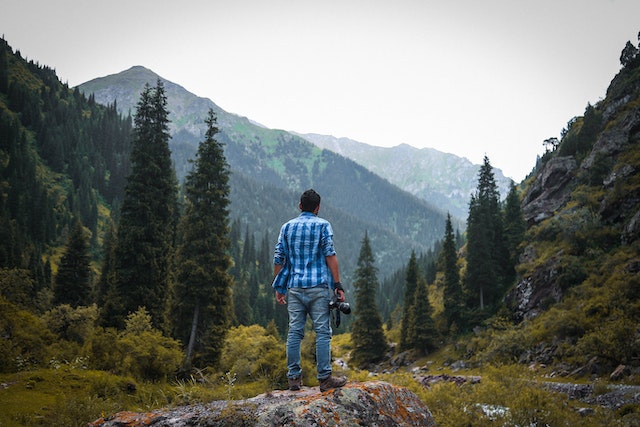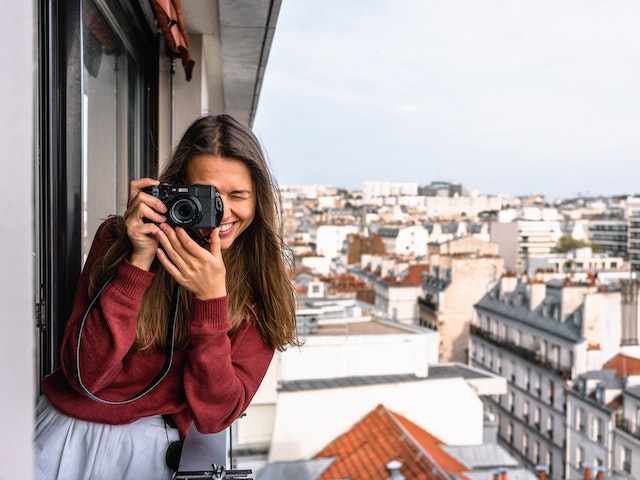
Study the area you are going to
Researching your location is a crucial step in preparing for your vacation photography adventure. If you know what to expect, you may plan your trip more effectively and locate the best photographic opportunities. Assess the weather and seasons in advance of your trip since they could have a significant influence on the lighting and atmosphere of your photos. For instance, if you're going in the winter or a rainy season, you may need to adjust your expectations and bring appropriate clothing.
Also, by knowing about the cultural customs and traditions of your location, you may ensure that you respect the people there and their beliefs. For instance, certain countries could enforce strict dress regulations or prohibit photography in particular places, such as official buildings or holy sites. Speaking to locals or travel companies, reading travel blogs, discussion forums, or travel books are all good places to look for this information.
Study the area you are going to
Researching your location is a crucial step in preparing for your vacation photography adventure. If you know what to expect, you may plan your trip more effectively and locate the best photographic opportunities. Assess the weather and seasons in advance of your trip since they could have a significant influence on the lighting and atmosphere of your photos. For instance, if you're going in the winter or a rainy season, you may need to adjust your expectations and bring appropriate clothing.
Also, by knowing about the cultural customs and traditions of your location, you may ensure that you respect the people there and their beliefs. For instance, certain countries could enforce strict dress regulations or prohibit photography in particular places, such as official buildings or holy sites. Speaking to locals or travel companies, reading travel blogs, discussion forums, or travel books are all good places to look for this information.














